|
Getting your Trinity Audio player ready...
|
VIDEO of the crash and the rescue. Matt Guthmiller interviews David Lesh 8/21/2019.
Yesterday, (August 19, 2019, 17:54) David Lesh had an inflight engine failure, landed his plane in the Pacific Ocean, and was rescued by the Coast Guard. They caught it all on camera.
Beechcraft Bonanza 36
Matt Guthmiller is a speaker, world record setting aviator, entrepreneur, filmmaker, and MIT alumnus.
In 2014 at age 19, he set the Guinness World Record for the youngest person to solo circumnavigate by aircraft, flying 30,000 miles in a small, single-engine plane — alone.
Now he travels the country speaking about his experiences and shares his latest flying adventures in a new hit YouTube series. Beyond YouTube, N367HP LLC produces aviation content for other platforms and clients around the world, as well as the Trusty Pilot guide to aviation destinations.
National Transportation Safety Board Aviation Accident Preliminary Report ~ 2/1/2021
This is preliminary information, subject to change, and may contain errors. Any errors in this report will be corrected when the final report has been completed.
[pdf-embedder url=”https://www.coastsidebuzz.com/wp-content/uploads/2021/02/Report_100137_2_2_2021-6_19_09-PM.pdf” title=”Report_100137_2_2_2021 6_19_09 PM”]
Location: Half Moon Bay, CA
Date & Time: August 19, 2019, 17:54 Local
Aircraft: Beech 36
Flight Conducted Under: Part 91: General aviation – Personal
Accident Number: WPR19LA238
Registration: N134P
On August 20, 2019, at 1754 Pacific daylight time, Beech A36 airplane, N134P, descended into the Pacific Ocean about 7 nautical miles (nm) southwest of Half Moon Bay, California. The private pilot and passenger were not injured; the airplane sank and was destroyed. The airplane was registered to the pilot who operated it as a Title 14 Code of Federal Regulations Part 91 personal flight. Visual meteorological conditions prevailed, and no flight plan was filed for the local flight which departed from Reid-Hillview Airport of Santa Clara County (RHV) San Jose, California at 1722.
About 1520, the day before the accident, the pilot added 66 gallons of fuel at North Las Vegas Airport, Las Vegas, Nevada. Thereafter, he flew to RHV and landed, and then continued to Hayward Executive Airport, Hayward, California (HWD). He estimated that the flight was about 2-2.5 hours and recalled having to use the electric boost pump (on the “LO” setting) during the climb out of RHV which he attributed to needing because of the hot outside air temperatures. After landing at HWD about 2030, he refueled the airplane, filling the main fuel tanks by adding 20 gallons (the tip tanks were empty).
The morning of the accident the pilot performed a preflight inspection of the airplane. During the preflight he recalled sumping both the left and right fuel tanks (could not remember if he used the sump in the nose). He had to sump each tank 4 to 5 times before the fuel was clear from “flakey black sediment.” He thought this was more debris than usual but was not alarmed because he was finally able to sump clean fuel.
The pilot tookoff and landed at RHV to pick up a passenger and departed about 1125, landing at Monterey Regional Airport, Monterey California about 1200. During the departure from RHV, the pilot observed the fuel flow gauge showing an unstable flow oscillating and decreasing from 16 to 11 gallons per hour (gph). He switched the fuel boost to “LO” which appeared to alleviate the problem. The pilot departed Monterey about 1550 and landing at 1600 on the turf runway at Monterey Bay Academy Airport, Watsonville, California. He departed about 1630 and landed at RHV to drop off one of his passengers. That passenger, who was also a pilot, was planning to fly a Cessna 182, in tandem with the accident airplane with the purpose of them taking pictures of one another.
A review of the Federal Aviation Administration Air Traffic Control (ATC) transcripts revealed that the airplane departed RHV about 1722 as a flight of two with the Cessna. At 1725 a discussion transpired between an air traffic controller and the pilot of the Cessna about the transponder problems he was experiencing. They decided that the accident airplane would use a discrete squawk. The airplane continued west over the Norman Y Mineta San Jose International Airport, San Jose, California and were advised to maintain a heading of 270° and an altitude at or below 2,500 ft mean sea level (msl). At 1742, the Cessna pilot advised the controller that they were planning to descend below 1,000 ft msl and may lose radio contact, to which he replied that radar services were terminated and instructed the pilot to squawk VFR.
The accident pilot stated that he was making a descending left turn when at about 3,000 ft msl, the engine became quieter and stopped producing power. The JPI Engine Monitor Display 700 indicated the exhaust gas temperatures (EGTs) were declining to 0° and the fuel flow was 0 gph. He switched the boost pump to “LO” for several seconds and then “HI” and then switched it back off. He manipulated the throttle, propeller, and mixture controls full forward and about 500 ft agl, he positioned the fuel selector from the left to the right tank. The engine revved up momentarily and quit again. He stated that the propeller was windmilling and the engine was not producing power, which he described as the momentum of the turning propeller was causing the engine cylinders to keep moving, but not producing power. He stated there were no unusual vibrations, sounds, or odors.
The pilot further stated that he communicated with the pilot of the Cessna about the engine failure and he opted to ditch with the landing gear and flaps in the retracted position. He configured the airplane into a level attitude at about 10 ft above the water surface and waited for it to settle into the water. Immediately after impact, he and the passenger egressed the airplane with several items they wanted to salvage from the cockpit and stood on the wing until the airplane sank (an estimated 40 to 50 seconds).
Just prior to the engine anomaly, the passenger took two cell phone videos, both of which were posted to the social media platform Instagram. The last video was started at 1735:26 (at a location 3 nm north of the accident site) and captured 16 seconds showing the pilot making the left turn just prior to the engine losing power (reference picture 01).
Picture 01: Accident Site in Reference to Departure Airport
A review of the video disclosed that the JPI Fuel Scan 450 instrument showed a 18.6 gph flow; that the left wing tank contained about 3/8 full fuel; the right tank was 1/2 full, and a manifold pressure of 24 inches (reference to picture 02).
Picture 02: Cockpit Instruments Prior to Engine Failure
The pilot of the Cessna began taking a video of the accident airplane ditching in the ocean at 1753:44, where the airplane touches down on the surface of the water at 1754:02 and comes to a stop about 1754:15 (reference pictures 03). The pilot began a to take a video of himself and his passenger while they were standing on the wing at 1754:33.
Picture 03: Accident Site in Reference to Last Video
The ATC transcripts reveal that the pilot of the Cessna contacted a controller at 1753 advising him that the accident airplane was going into the water. The Coast Guard rescue helicopters arrived about 1830. The depth of the water is about 145 ft and the airplane wreckage is not expected to be recovered.
The pilot stated that he had recently purchased the Beech A36 airplane, serial number (s/n) E-1527, in June 2019 which was equipped with a Continental Motors IO550,B, s/n 684026. The airplane had recently undergone maintenance including on July 18, 2019, under Supplemental Type Certificate (STC) #SA02722CH, the pilot installed 20-gallon D’Shannon wingtip fuel tank.
Details of pilot’s criminal history and past stunts emerge, following Half Moon Bay crash
Fox News 2 ~ 8/21/2019
David Lesh’s History and His Virtika Outwear Clothing Company
Trolling the Great Outdoors


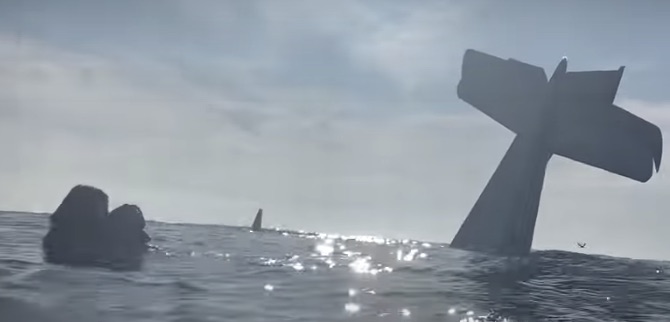
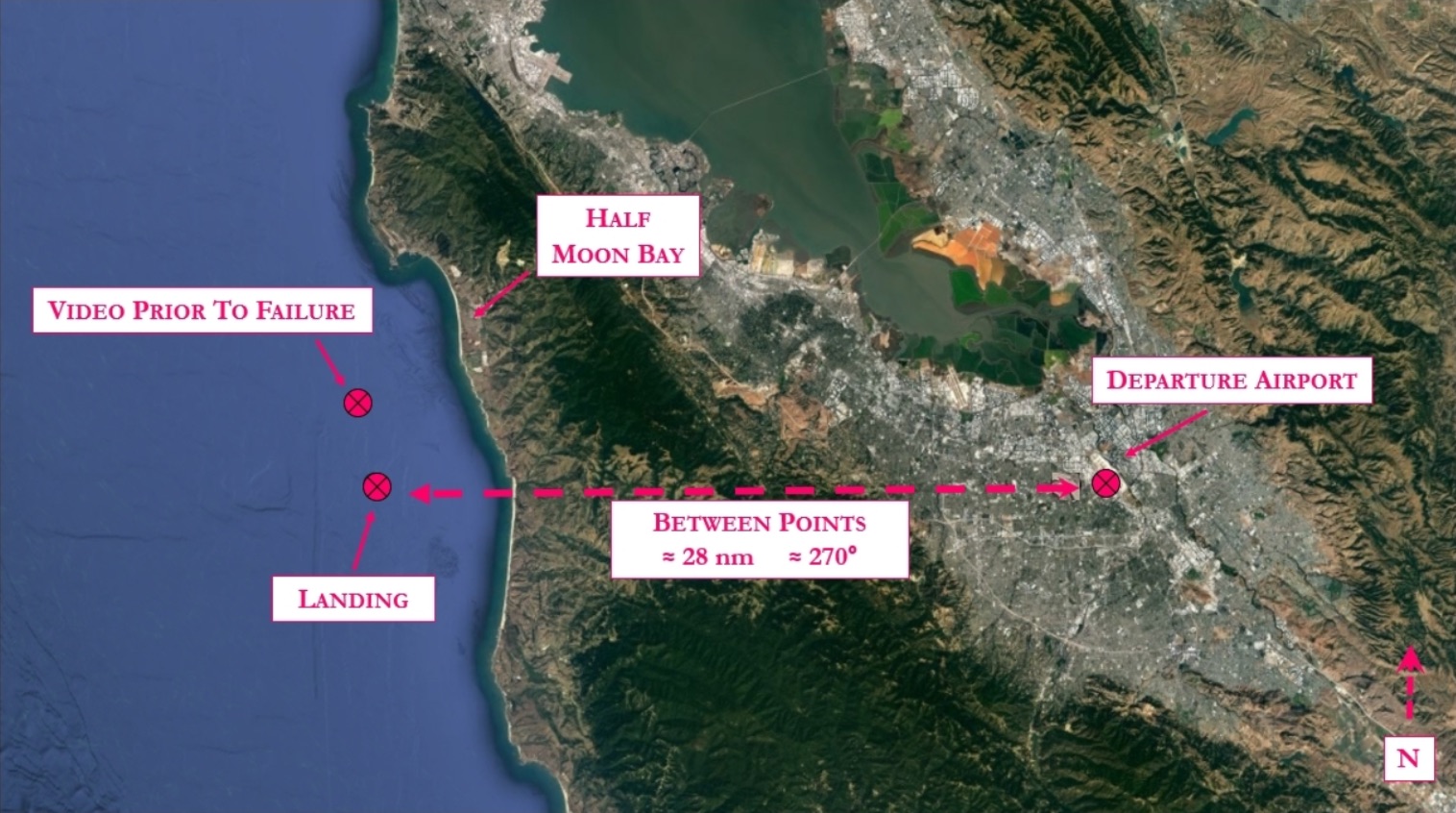

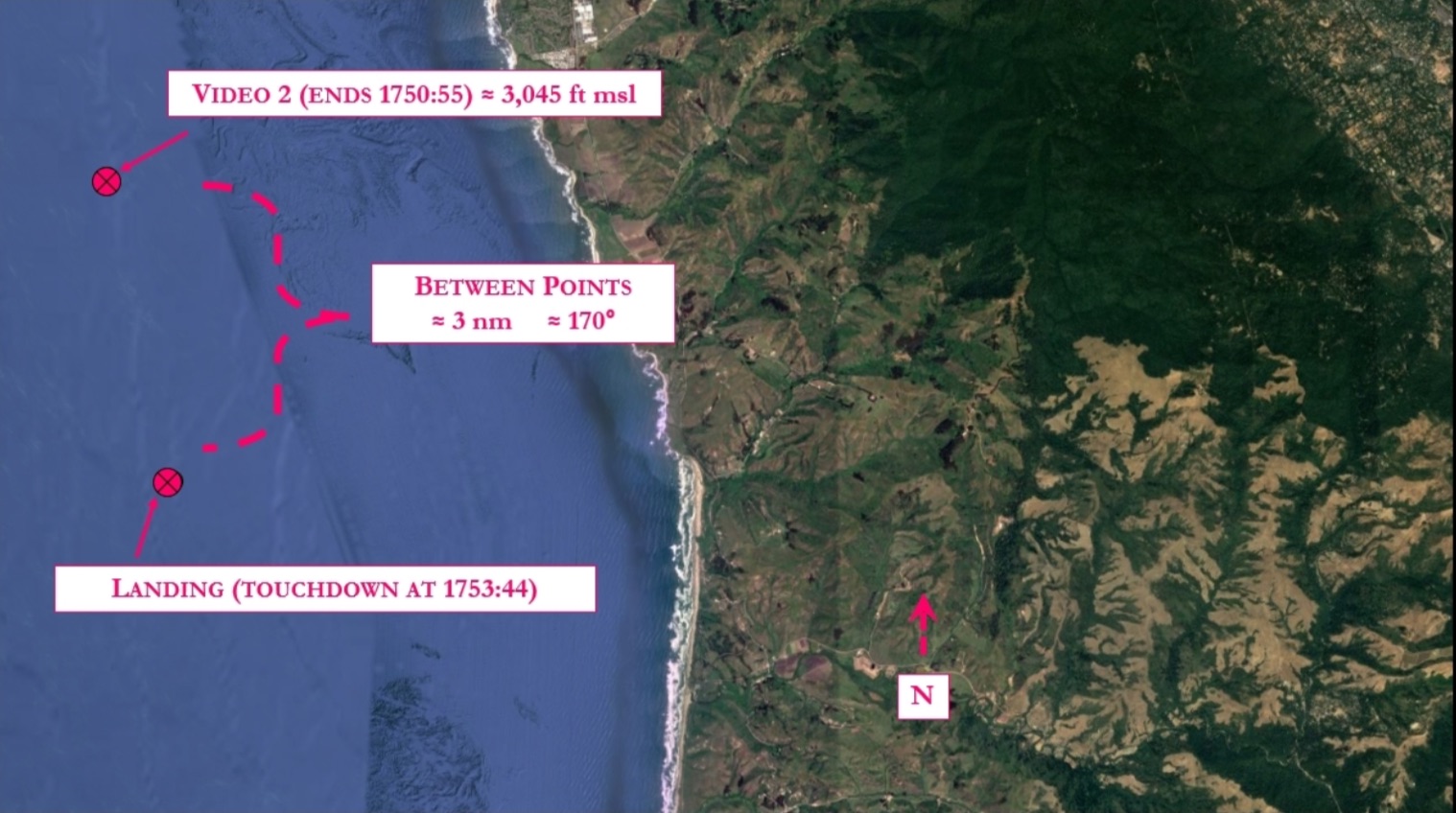
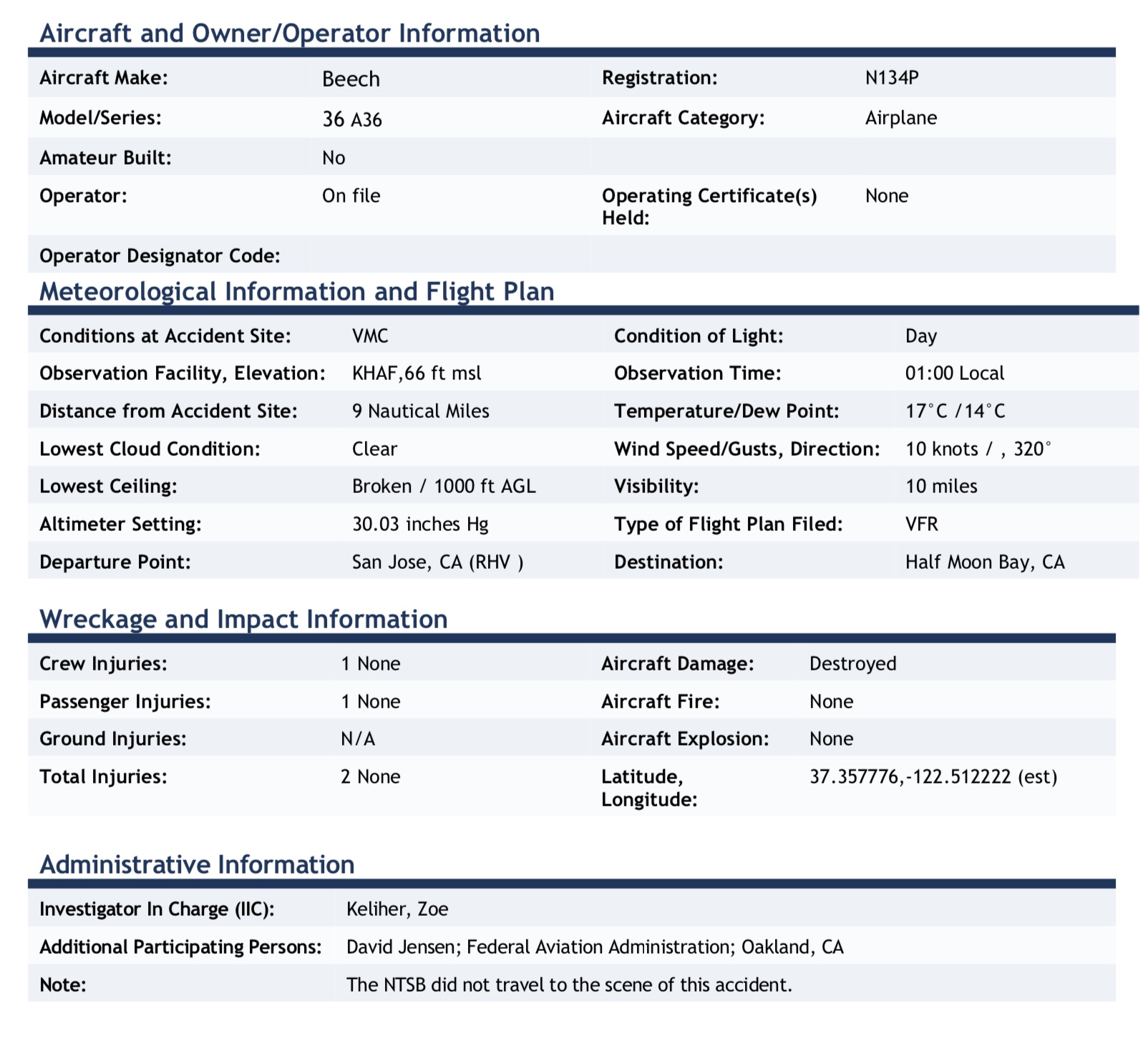
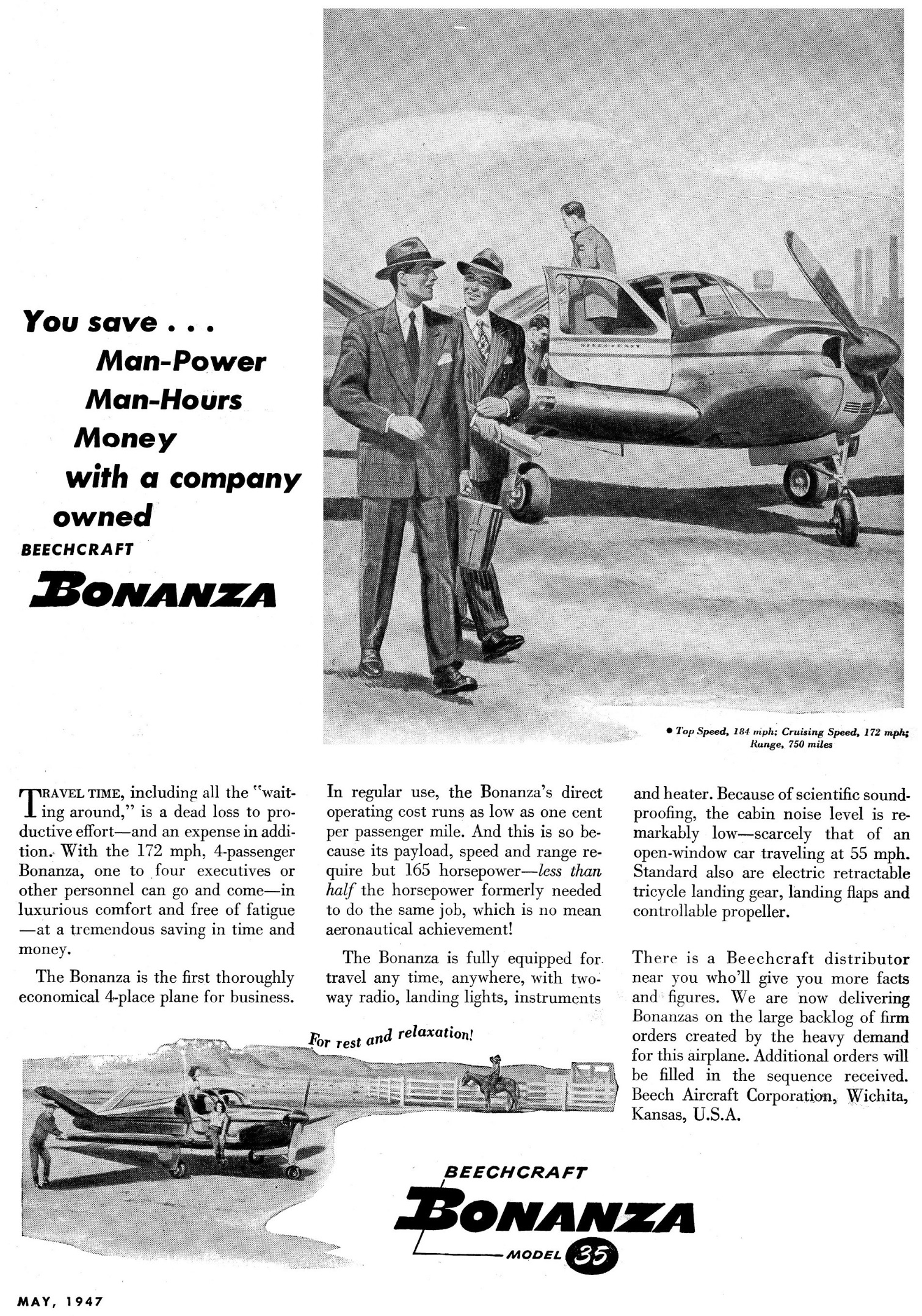
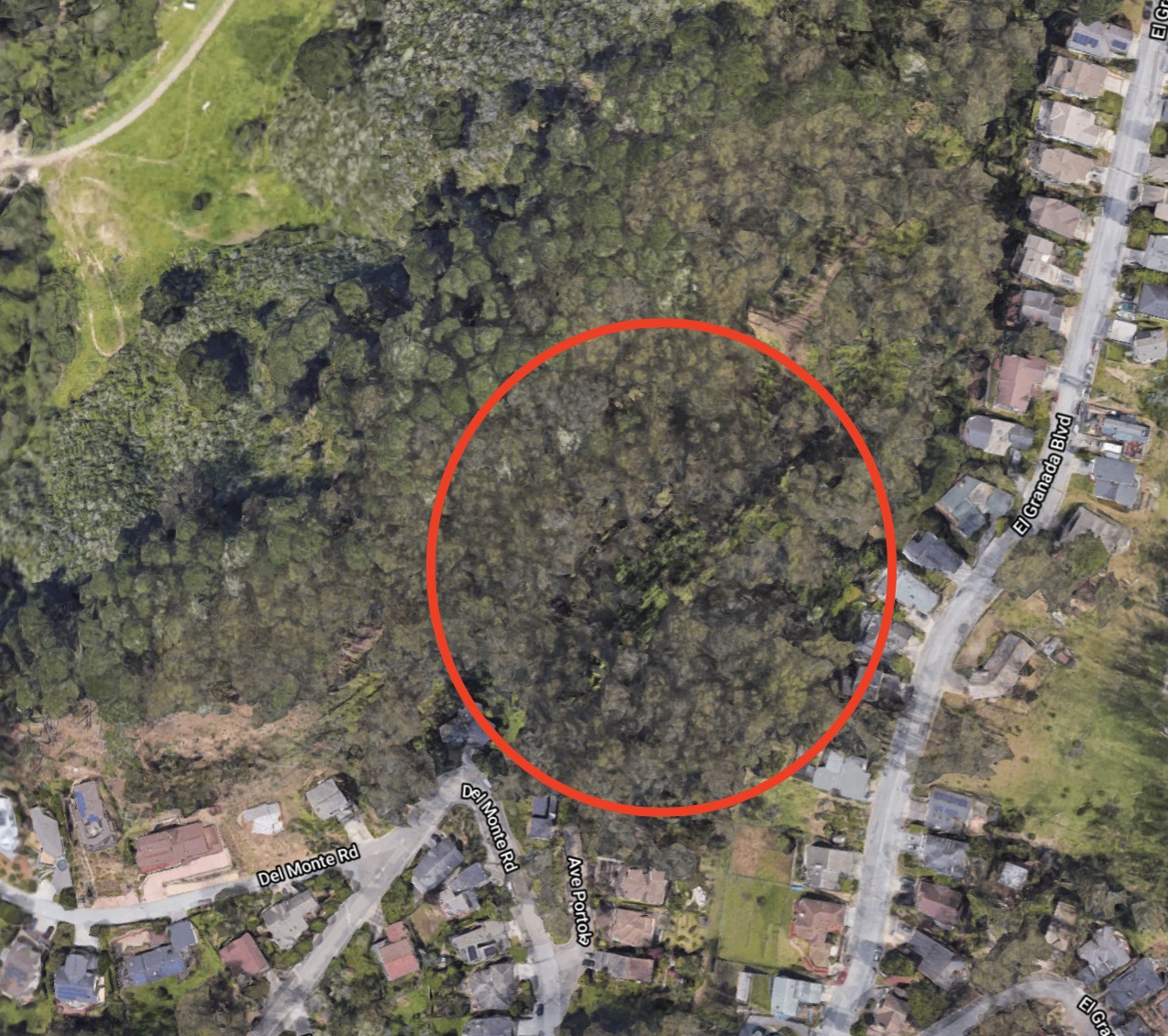
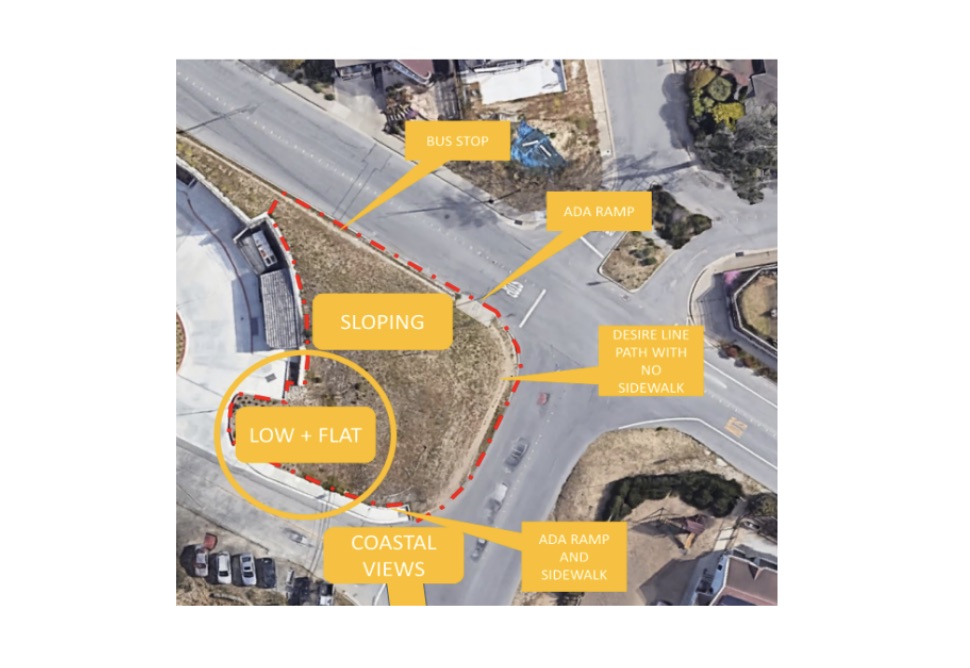

this was a fraud 100%
If you have proof tell the FAA? The suspect certainly does not have a consistent reputation for doing the right thing.